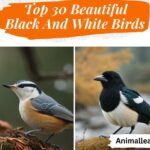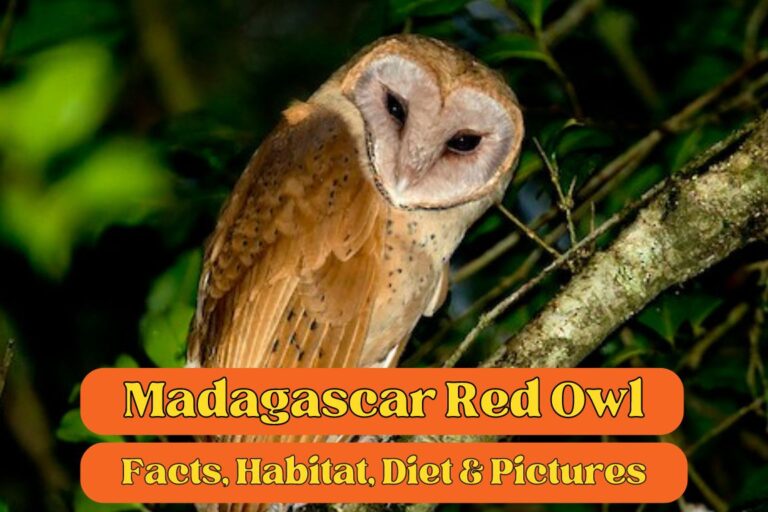26 Small Birds With Long Beaks (With Pictures) – Animallearns
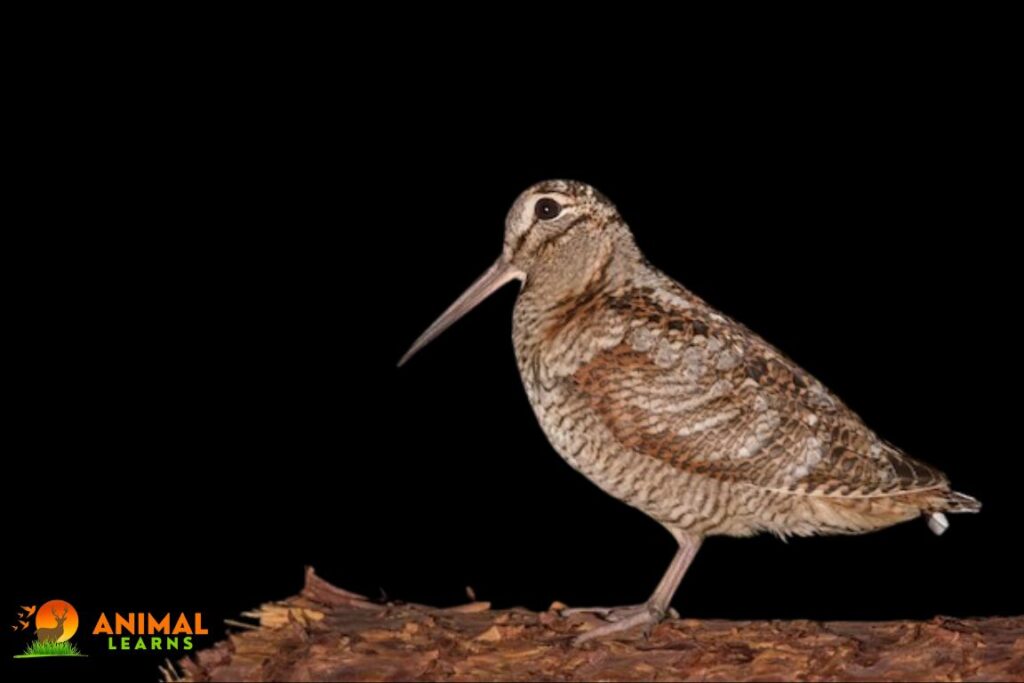
Small birds with long beaks can be found all over the world. Though often shy, these birds have a strong curiosity when the mood strikes. They are well-known for having lovely singing voices, and a lot of people like hearing them sing.
It’s also well known that certain little birds with long beaks can replicate the noises of other birds and animals.
Small Long-Beaked Birds
Contents
- 1 Small Long-Beaked Birds
- 1.1 American Woodcock
- 1.2 Sword-Billed Hummingbird
- 1.3 Eurasian Woodcock
- 1.4 Snipe
- 1.5 Wilson’s Snipe
- 1.6 Common Snipe
- 1.7 Pintail Snipe
- 1.8 African Jacana
- 1.9 Northern Jacana
- 1.10 Greater Painted-Snipe
- 1.11 Indian Skimmer
- 1.12 Black Skimmer
- 1.13 Red Phalarope
- 1.14 Red-necked Phalarope
- 1.15 Red-necked Avocet
- 1.16 American Avocet
- 1.17 Pied Avocet
- 1.18 Common Greenshank
- 1.19 Lesser Yellowlegs
- 1.20 Greater Yellowlegs
- 1.21 Greater Sand Plover
- 1.22 Terek Sandpiper
- 1.23 Dunlin
- 1.24 Curlew Sandpiper
- 1.25 Ruff
- 1.26 Long-billed Dowitcher
- 2 FAQs
- American Woodcock • Sword-Billed Hummingbird
- Eurasian Woodcock • Snipe
- Wilson’s Snipe • Common Snipe
- Pintail Snipe • African Jacana
- Northern Jacana • Greater Painted-Snipe
- Indian Skimmer • Black Skimmer
- Red Phalarope • Red-necked Phalarope
- Red-necked Avocet • American Avocet
- Pied Avocet • Common Greenshank
- Lesser Yellowlegs • Greater Yellowlegs
- Greater Sand Plover • Terek Sandpiper
- Dunlin • Curlew Sandpiper
- Ruff • Long-billed Dowitcher
American Woodcock
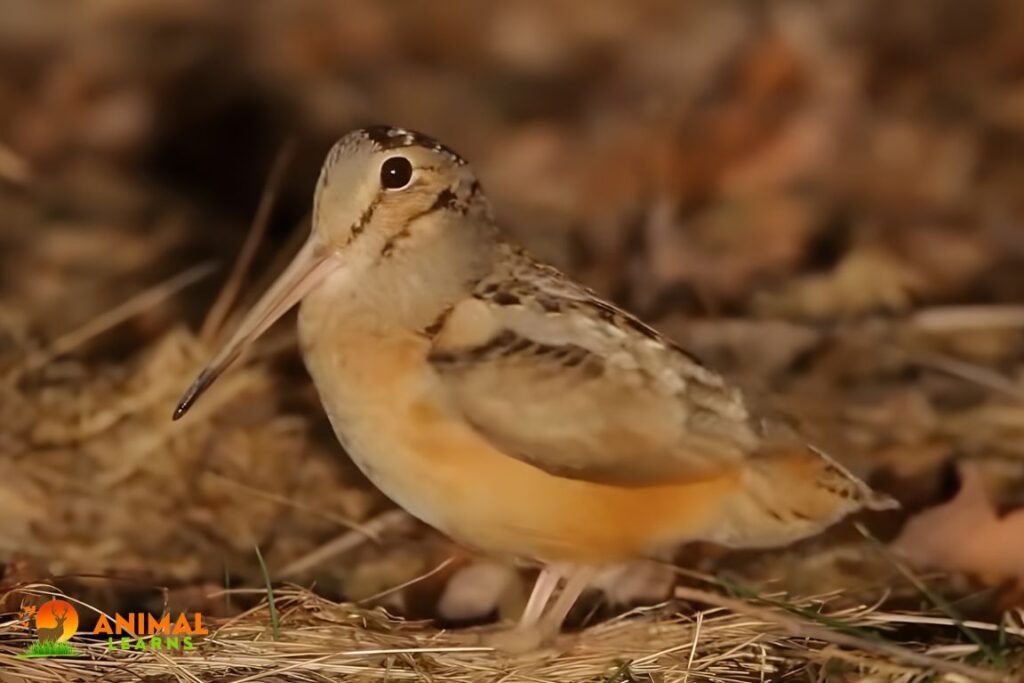
- Scientific name: Scolopax minor
- Diet: Primarily earthworms, also insects, larvae, and other invertebrates.
- Length: 10-12 inches (25-30 cm)
- Wingspan: 16.5-18.9 inches (42-48 cm)
- Weight: 5-8 ounces (140-230 g) (females larger than males)
The small bird known as the American Woodcock is quite fascinating. Consider a chubby robin in terms of size; they are comparable. They have a large beak that they utilize to snatch worms out of the ground, a short tail, and a robust body.
These birds now have a color scheme that combines gray, black, and brown to help them blend in with the leaves on the forest floor. Until they move, you could assume they’re just a pile of leaves when you first see them.
Their eyes are positioned rather high on their head, which aids in their ability to detect any sly predators. These guys are often found throughout the eastern portion of the United States, ranging from Texas to Canada. They love pastures, moist woodlands, and even patches of grass.
Sword-Billed Hummingbird
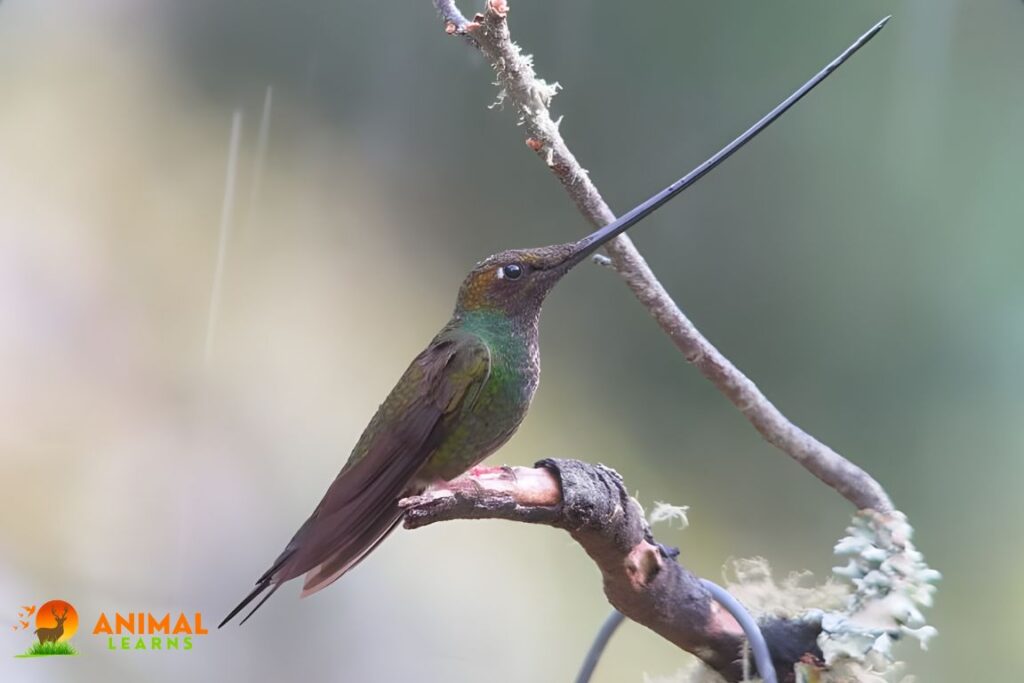
| Scientific Name | Ensifera ensifera |
| Diet | Nectar, especially from Passiflora mixta and other passionflowers, occasional insects |
| Size | 9-11 cm |
| Flying Distance | Up to 1.5 km |
| Lifespan | 3-5 years |
A little bird swooping among flowers, its beak so long that nearly looks like it has a sword of its own. For you, that is the Sword-Billed Hummingbird. This unique bird is mostly found in the highlands of South America.
Its remarkably large bill is not merely an eye-catching characteristic. That “sword” is made specifically to drink nectar from tubular blossoms that other birds are unable to reach. This bird lives its life every day using a fork as long as its arm to eat!
Its feathers, which are greenish on top and pure white underneath, catch the light perfectly as it darts around. And oh, does it! This tiny fellow, like other hummingbirds, is buzzing as it hovers close to a flower, its wings a blur.
Here’s an interesting fact about Sword-Billed Hummingbirds: they have to groom themselves with their feet due to their extremely long bills. This is not something you often see in the world of birds!
Eurasian Woodcock
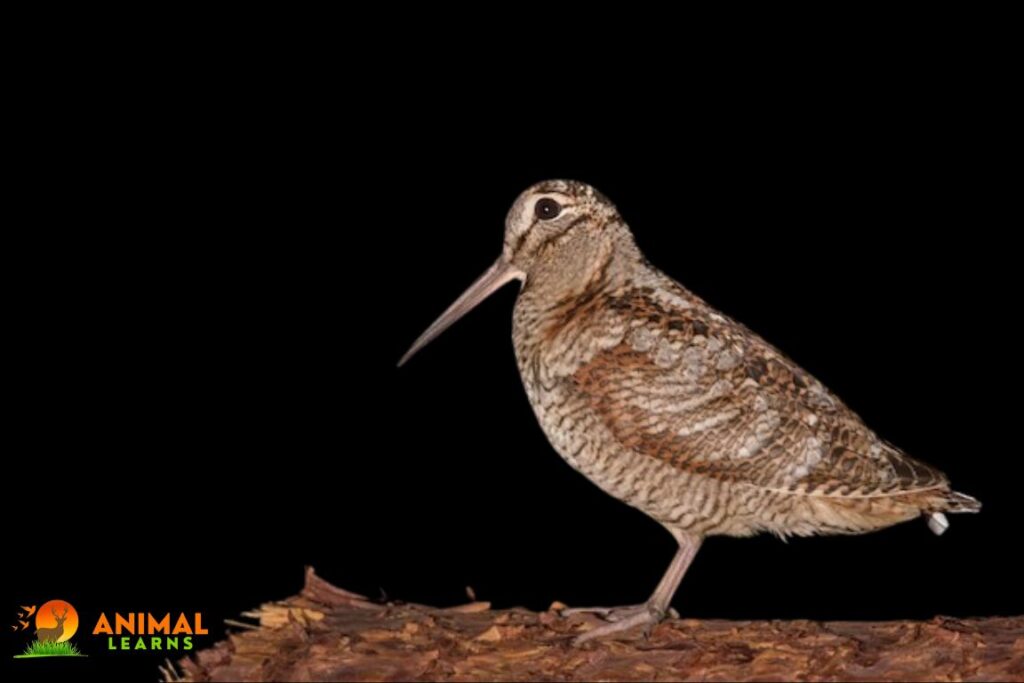
The Eurasian Woodcock, or Scolopax rusticola as it is scientifically known, is an amazing bird to observe. This bird, which is somewhat bigger than a robin, has a distinctly spherical body and a long beak that is designed to be used for picking food from the ground.
Its feathers, which are mostly colored in shades of brown, tan, and gray, mimic the surface of a forest, giving it an inherent advantage over would-be predators.
The bird is protected by this complex design, which also enhances its aesthetic appeal, making it a favorite among fans. The habitat of the Eurasian Woodcock spans both Europe and Asia geographically.
It frequently visits places with abundant moisture, such as marshy terrain and wet forests, and it prefers damp woodlands. Because of its native habitat and ability to blend in, this bird presents a satisfying challenge to birdwatchers hoping to glimpse its beauty in the wild.
Understanding and appreciating the traits and behaviors of the Eurasian Woodcock may make birding more enjoyable for those who have a strong interest in birds, particularly in areas where this species is abundant.
Snipe

Have you ever seen a little bird swaying its very long beak beside a pond or marsh? That’s most likely the Gallinago family’s Snipe. This little bird may be considered the “star” of small, long-beaked birds.
Snipe’s feather combination of brown, black, and white gives it an amazing natural camouflage. It makes it blend in with the mud and grass. However, even though it might be difficult to spot, its bird cry is unmistakable.
It’s distinct and somewhat memorable. There are many different kinds of snipes, but they all have that amazing long beak in common. You wonder, why so long? That beak is almost a built-in tool.
It is used by the Snipe to dig in the mud and extract insects and worms. It resembles a tiny snack picker all by itself.
Wilson’s Snipe

Across North America, Wilson’s Snipes may be seen darting across marshes, and they are little birds with a lot to offer. With its brown and striped appearance that resembles camouflage, this bird looks well in its marshy habitat. But what distinguishes it the most?
What a remarkable length of beak! It is made to perfection for piercing through soft muck to look for worms and other delectable treats buried underneath.
It is somewhat smaller than average in size, yet you can’t help but notice its distinctive “winnowing” sound as it flies. The air streaming across its wing feathers creates this wonderful sound effect.
Common Snipe

Have you ever thought, “Man, that bird has some tail feathers!” when you saw it close to a meadow or woodland clearing? Most likely, the Common Snipe (Gallinago gallinago) is what you’re seeing.
These little marvels are essentially the “small long-beaked bird” world’s rock stars. Look at them: their crazy feather pattern of brown, black, and white makes them expert at hiding and seeking.
They are experts at hiding against the ground thanks to their earthy hues. However, if you detect an odd noise, such as a far-off pounding, that’s the distinctive cry of the Snipe.
Pintail Snipe
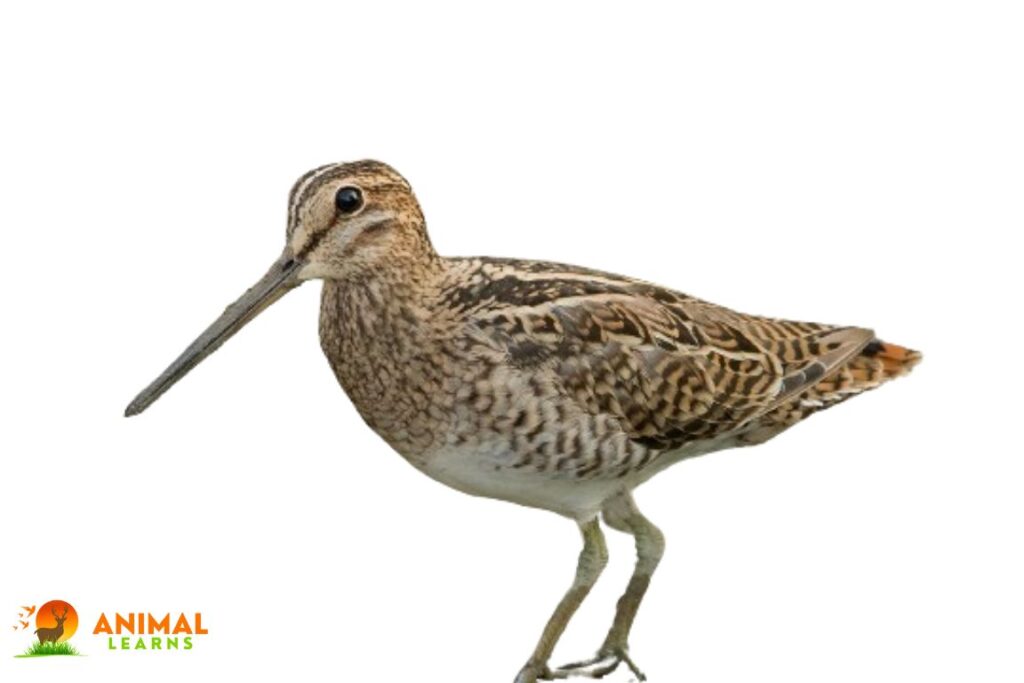
Introducing the Pintail Snipe, a clever bird that can be observed all around Asia. Its blend of creams, blacks, and soft browns helps it blend in with grassy and muddy environments.
However, it’s that long, thin beak that really turns heads. It utilizes its beak, just like its snipe ancestors, to sift through the muck and look for worms and insects.
The Pintail Snipe is a smaller, more gregarious bird that has a zigzag flying style that makes it challenging for birdwatchers to identify.
When visiting Asian wetlands or grasslands during a downpour, look out for this fascinating bird and its characteristic beak. It is undoubtedly the feathery diamond of the area!
African Jacana
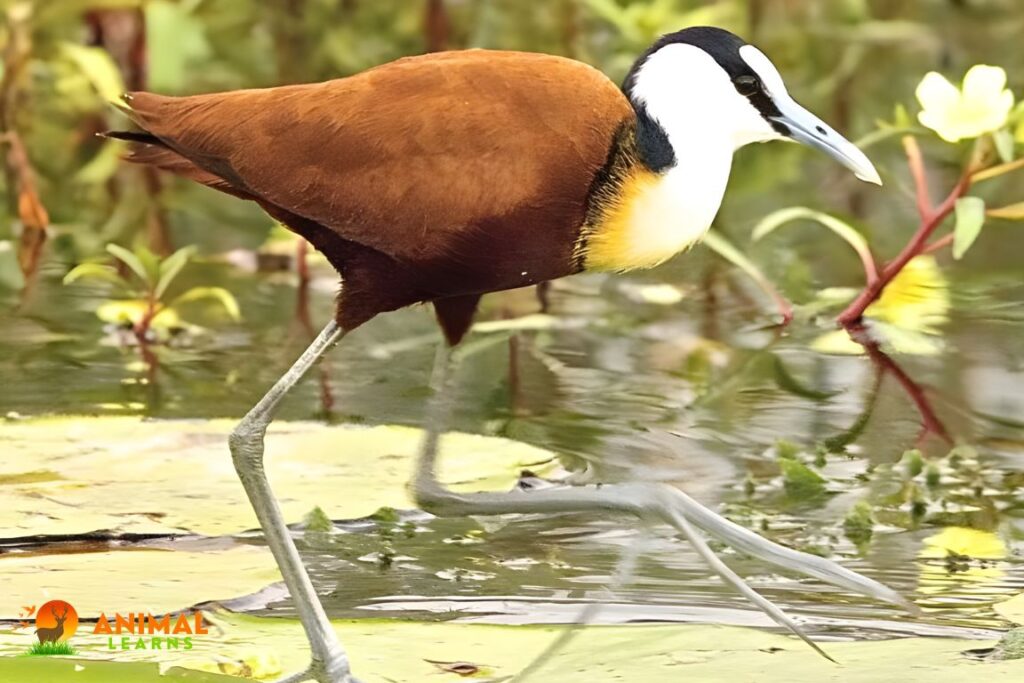
Imagine a bird that could pass for a stilt walker at night thanks to its elongated legs. The African Jacana, or Actophilornis africanus, is what you have in mind.
The high-rise waders of nature are these feathery companions. With their incredibly long legs and even longer toes, African Jacanas are easily recognized.
Their ability to walk on lily pads and water plants is a remarkable marvel of evolution, made possible by their unique structure.
These lengthy appendages are useful for more than simply appearances; they allow them to navigate their marsh environments. African Jacanas are acrobats, even if they may not be the most colorful birds in the wetlands.
They can move smoothly through the lily-covered waters, reaching out to feed on insects and other invertebrates thanks to their lengthy legs. It’s similar to observing tightrope walkers in the wild at work. But their differences go beyond simply their legs.
Additionally, African Jacanas are skilled at hiding their nests among the thick water plants. This, together with their mysterious feathers, makes them great at hiding and playing in the reedy wetlands.
Northern Jacana
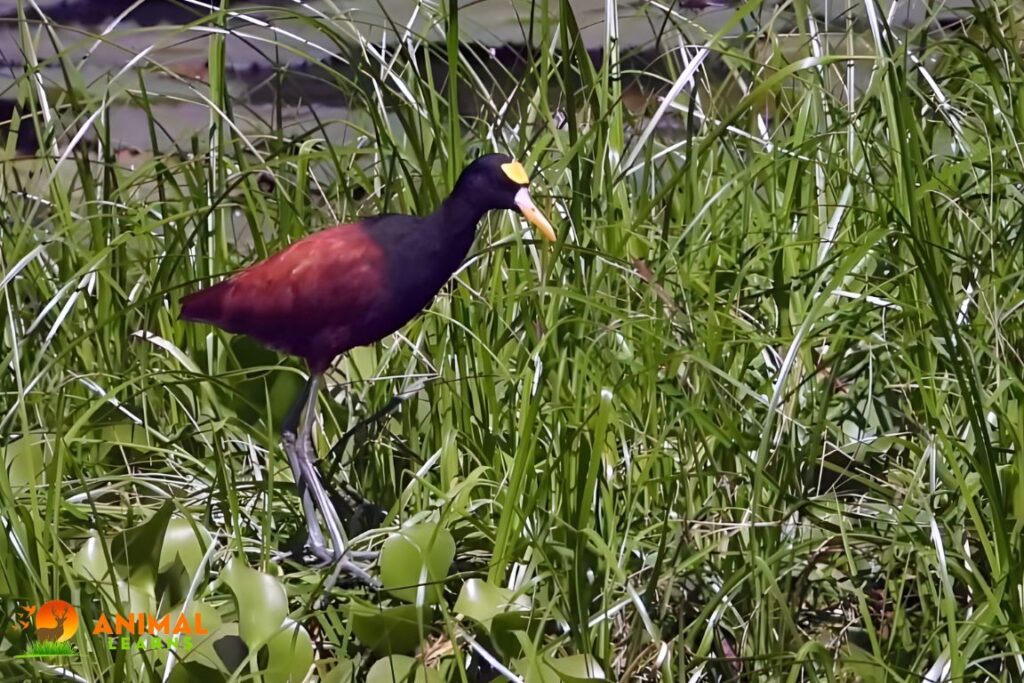
One of the most unusual birds in the Americas is the Northern Jacana. Its extremely long legs and toes are well recognized, and they come in rather helpful for its mode of existence.
Its large legs enable it to stroll on top of the lily pads and water plants, which facilitates the bird’s search for edible insects and small animals. A Northern Jacana dance is a lovely dance to see.
It’s like witnessing a natural history presentation in your own backyard as they stealthily walk over the water’s surface, selecting insects from the floating vegetation.
These birds are experts at hiding their nests in the dense vegetation by the water, providing a safe haven for their eggs and young.
Greater Painted-Snipe
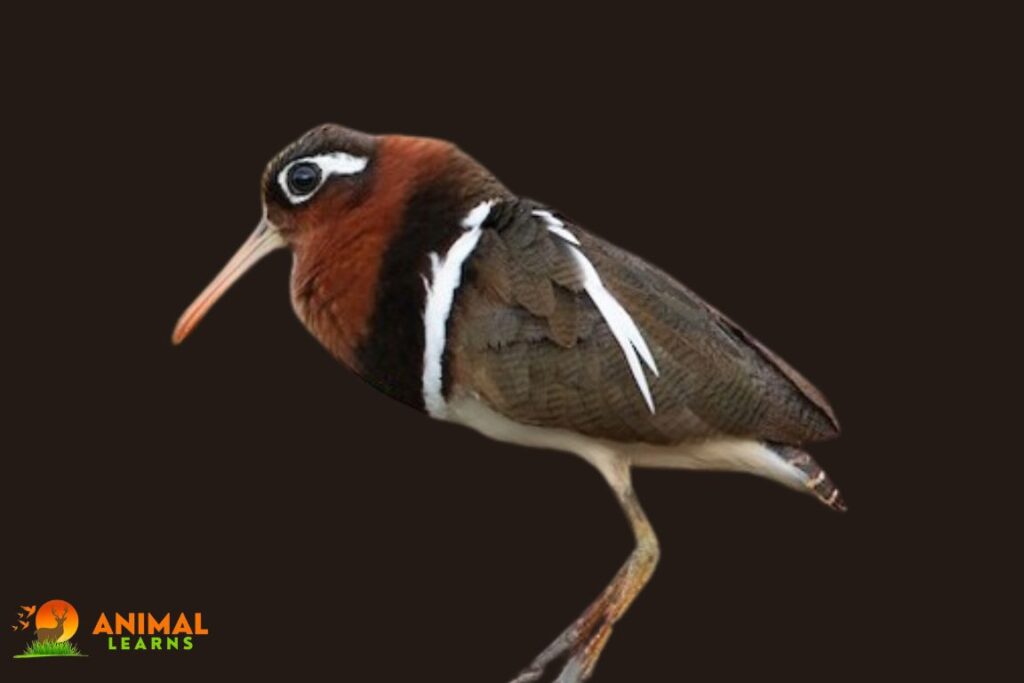
In the world of birds, the Greater Painted Snipe is a real treasure. This medium-sized bird, which is between 9 and 11 inches long, has a striking color display of rustic reds, golden browns, and faint green and white undertones.
Its magnificently patterned feathers are quite appealing. The Painted Snipe, with its slightly curled beak, is an expert forager. This beak is designed specifically for snatching up aquatic insects and tiny animals that are hiding beneath wetlands.
It is ideal for investigating muddy terrains. Found mostly in marshes and swamps in Africa and some regions of Asia, its choice of environment enhances its natural characteristics.
The bird is a must-see for both aficionados and casual onlookers due to its unique appearance and behavior. When you come across its native habitats, stop and look about; it’s definitely worth the hunt to locate this stunning bird of prey.
Indian Skimmer
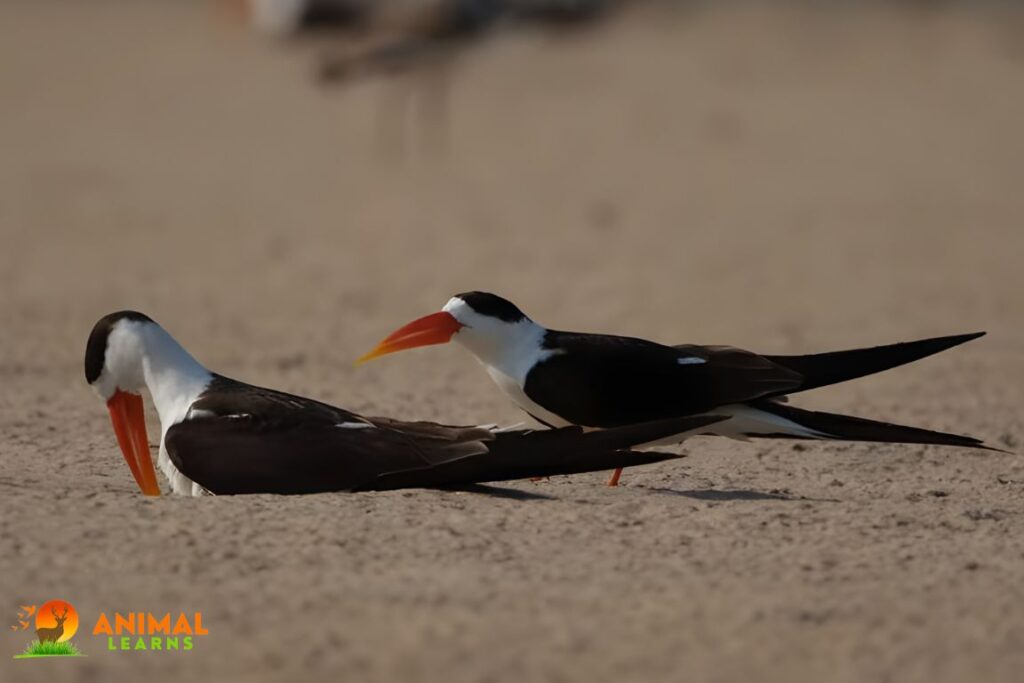
With its distinctive look, the Indian Skimmer is one of the more unusual bird wonders of nature. It is approximately 15 and 18 inches long, with a sleek black cap and upperparts that contrast with dazzling white underparts.
The distinctive beak of this bird, which is noticeable even from a distance since the lower mandible is longer than the upper one, is what really makes it stand out.
The Indian Skimmer uses this adaption to help it skim the water’s surface in search of fish. These birds may be found mostly in coastal regions, rivers, and lakes in portions of Southeast Asia and India.
They are popular among bird aficionados due to their stunning appearance and agile flying.
Black Skimmer

The fascinating Black Skimmer bird, which is endemic to the Americas, is well-known for both its unusual look and eating habits. These birds are medium-sized, measuring around 15 to 20 inches (38 to 50 centimeters) in length and 38 to 41 inches (96 to 104 centimeters) in wingspan.
Their distinctive black upperparts and crown contrasted with white underparts is one of their most noticeable characteristics. Their distinctive red-orange beak, which contrasts sharply with their black-and-white plumage, is their most notable feature.
Their peculiar adaption, which allows them to skim the water’s surface for food, is that their bottom jaw is noticeably longer than their top mandible. Black Skimmers are frequently observed along coasts, especially in sandy estuaries and shorelines.
They may be observed flying low over the sea; they are skilled pilots. They hover slightly above the water’s surface as they are feeding, reaching down with their lower mandibles to precisely capture tiny fish and other aquatic food.
Red Phalarope

Red Phalarope is an other example of small birds with long beaks. The Northern Hemisphere is home to the fascinating Red Phalarope, which is especially prevalent in the Arctic and subarctic. It’s a little, colorful bird with unusual mannerisms and remarkably beautiful plumage.
The length of a red phalarope is tiny, ranging from 7.5 to 9.5 inches (19 to 24 cm). Bold red feathers on the neck, cheeks, and underparts contrast sharply with a black eye patch in their stunning breeding plumage.
Their look is very different when they are not breeding, with their gray and white plumage being more muted. The eating habits of the Red Phalarope are among its most fascinating characteristics.
The Red Phalarope, in contrast to many other birds, is frequently observed swimming in open waters. It does this by gracefully spinning in circles, which creates a vortex that agitates tiny aquatic organisms.
Its distinct eating method distinguishes it from the majority of other shorebirds. As migratory birds, red phalaropes cover great distances to get to their wintering and breeding habitats.
They can be found offshore in the open ocean during the non-breeding season, but they nest on the Arctic tundra during the breeding season.
Red-necked Phalarope
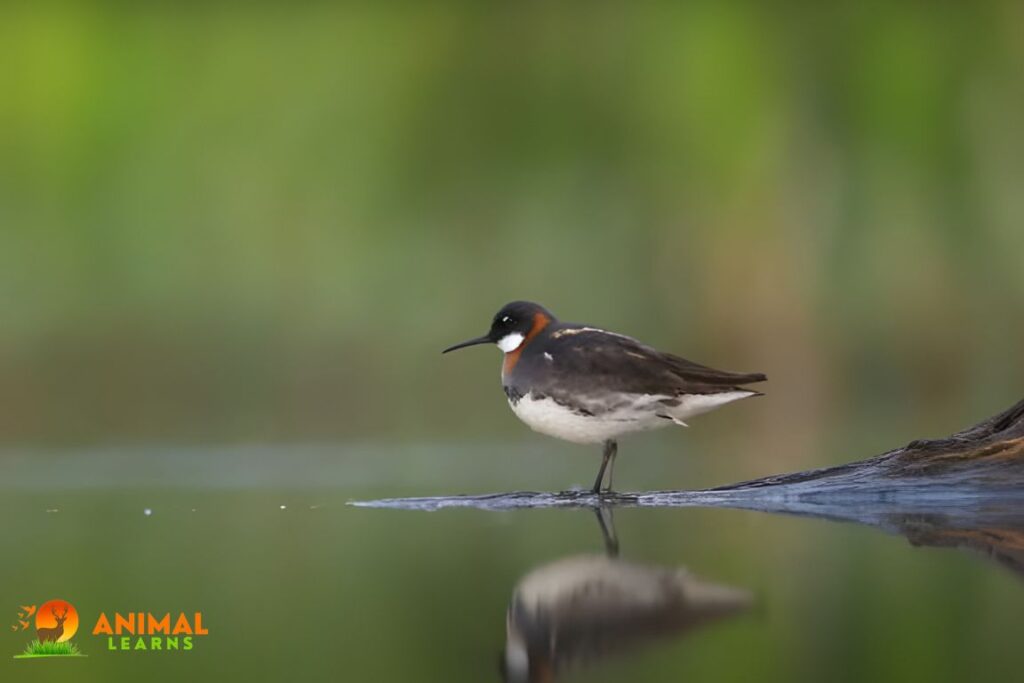
The Red-necked Phalarope is an exquisite bird with stunning patterns that is quite lovely to observe. It is a little bird, measuring approximately 7 to 8 inches in length, with a thin body and a sharp, pointed beak.
The females have beautiful rufous necks and chests during breeding season, which contrast with their gray upperparts and white faces. The color scheme of the men, however, is more muted.
This bird has an unusual behavior: it frequently swims in small circles to create whirlpools that lift tiny aquatic organisms to the top. Typically observed in northern areas for breeding, they travel to open waters in the winter.
Red-necked Avocet
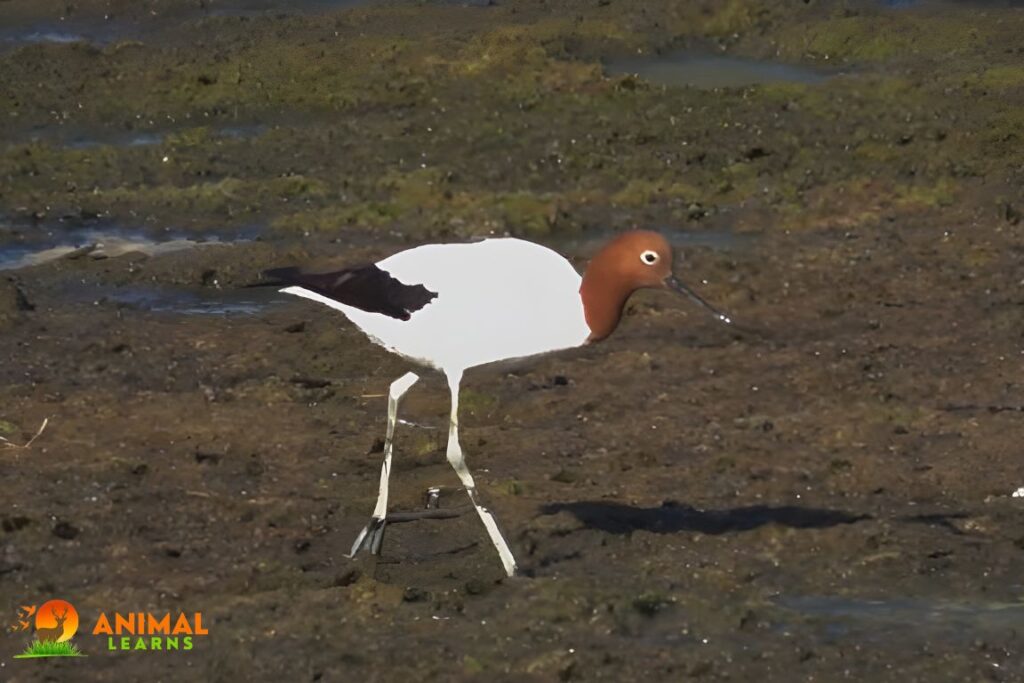
The graceful water bird known as the Red-necked Avocet is mostly found in Australia and New Zealand. It’s an intriguing animal to see in person because of its unique look and elegant demeanor.
With a wingspan of around 30 to 33 inches and a body length of between 16 to 19 inches, these birds are medium-sized. During the mating season, its remarkable black-and-white coloring changes to a bright crimson neck and head.
The red-necked The distinctive, upturned bills of avarice are employed to sift through the shallow waters of mudflats and marshes. Small crustaceans and aquatic invertebrates make up the majority of their food.
They build ground nests beside bodies of water during the breeding season when they deposit their eggs. Usually, these nests are only a little dirt scratches.
Red-necked Avocets are beautiful waders that are frequently spotted feeding in shallow waterways. They are effective at catching prey that is just below the water’s surface because of their unusual beak shape.
American Avocet
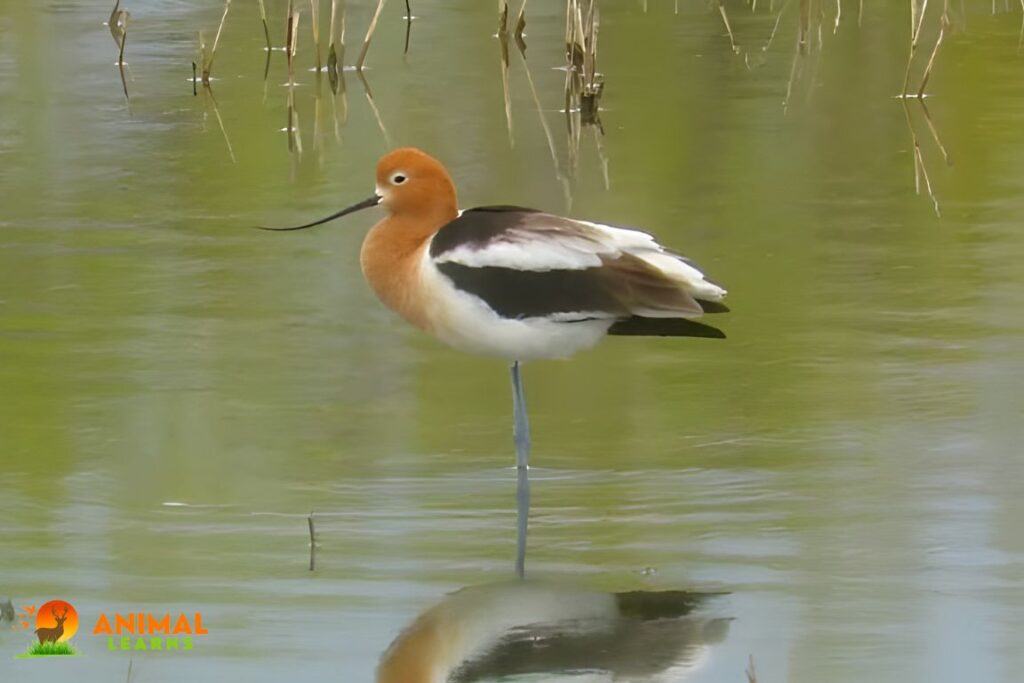
Native to North America, the American Avocet (Recurvirostra americana) is a graceful and beautiful wader bird. It is a noteworthy species that is frequently observed in marshes and shallow waters due to its distinctive look and particular feeding activity.
These birds are medium-sized, usually growing to a length of 15 to 20 inches and a wingspan of around 27 to 30 inches. They are easily recognized by their striking black-and-white plumage and beak, which curves upward. The beautiful way in which American Avocets eat is well known.
They use their bent bills to make a characteristic back-and-forth motion as they wade through shallow waters in search of aquatic invertebrates, tiny fish, and crabs. They differ from several other wader species in the way they forage.
Their distinctive cinnamon-colored heads, necks, and shoulders during breeding season add to their allure and make them even more fascinating to watch. They frequently construct ground nests next to bodies of water, where they deposit their eggs.
Pied Avocet
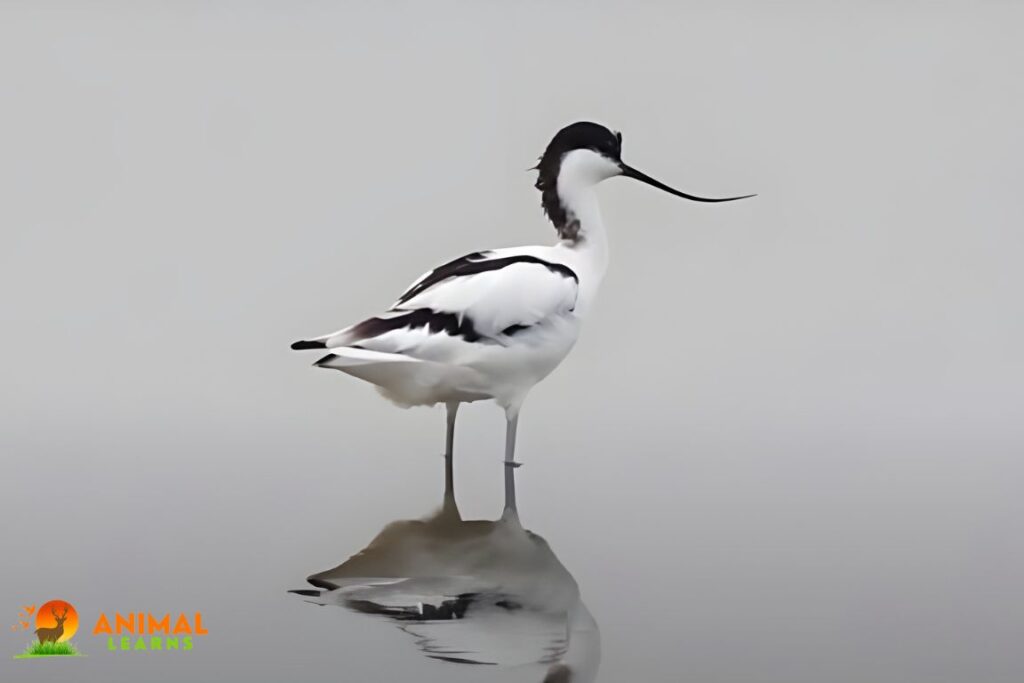
Recurvirostra avosetta, also known as the Pied Avocet, is a remarkable wader bird distinguished by its unique look and graceful demeanor.
It is mostly found in marshes and shallow seas throughout Europe, Asia, and certain portions of Africa. With a length of around 16 to 18 inches and a wingspan of approximately 29 to 31 inches, pied avocets are medium-sized birds.
They are distinguished by their striking black and white patterns on their heads and wings, which contrast sharply with their white bodies.
These birds are frequently observed gracefully wading through the shallows, catching food with their distinctive beak sweeps from side to side.
It’s amazing and lovely to watch them go about their foraging. Pied Avocets may build ground-level nests near bodies of water during the mating season, frequently in colonies.
Usually, they make tiny scrapes in the ground for their nests. Particularly during the courting season, Pied Avocets are renowned for their aerial shows, which involve complicated flights and cries.
Their long, upturned beak, which they use to sift through shallow waters in search of aquatic invertebrates, tiny fish, and crustaceans, is one of their most characteristic traits.
Common Greenshank
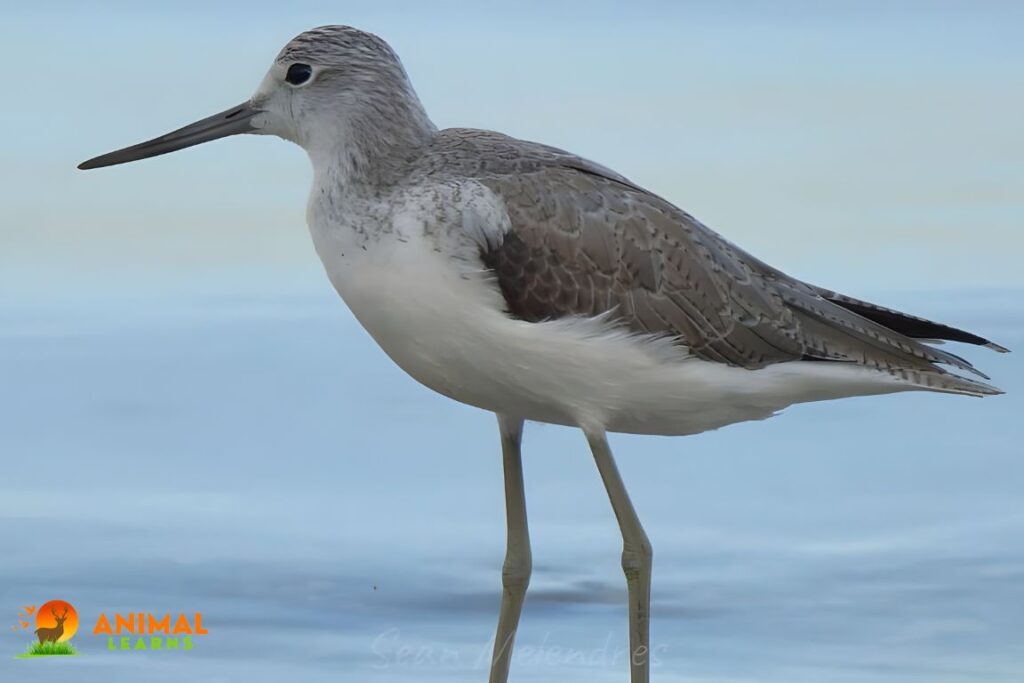
Sleek and graceful, the Common Greenshank (Tringa nebularia) inhabits marshes and shallow seas throughout Europe, Asia, and portions of Africa. This bird species is identified by its unique look and way of feeding.
The Common Greenshank is a medium-sized bird with a wingspan of around 26 to 30 inches and an average length of 12 to 14 inches. Their underparts are white, and their plumage is grayish-brown.
Their long, thin beak, which they use to probe the mud for tiny aquatic invertebrates and other food, is what sets them apart from other species. These birds are frequently observed delicately hunting for food while wading in shallow seas.
In order to find food, they often search and probe the mudflats and water’s edge. Common Greenshanks are migratory birds that spend the winter in the southern sections of their range and breed in the northern parts.
They build nests in grassy places near wetlands during the breeding season, and they lay their eggs there.
Lesser Yellowlegs
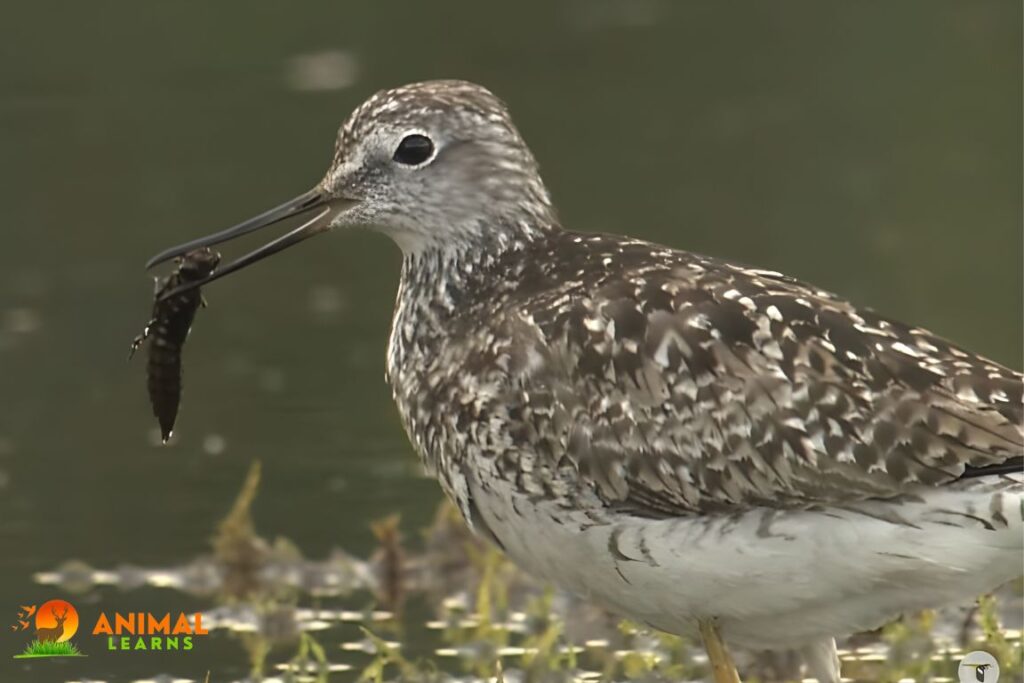
With its graceful posture and distinctive brilliant yellow legs, the Lesser Yellowlegs is a sight to behold. It has a medium-sized body and a long, pointed beak, standing between 10 and 11 inches tall.
It stands out in particular when flying because of the contrast between its smooth gray-brown back and white belly. You can also see a white rump and a faint barring on its tail.
This bird, which is widely distributed throughout North America, is frequently seen wading through the shallow waters of ponds and marshes in search of insects and other tiny aquatic life.
It frequently announces its arrival across the lake with a loud, melodic cry. This bird’s migration is one of its most amazing characteristics; throughout the winter, it migrates thousands of kilometers to warmer climates.
Therefore, keep a look out for this lovely bird and its distinctive yellow legs if you’re near wetlands or coastal locations.
Greater Yellowlegs
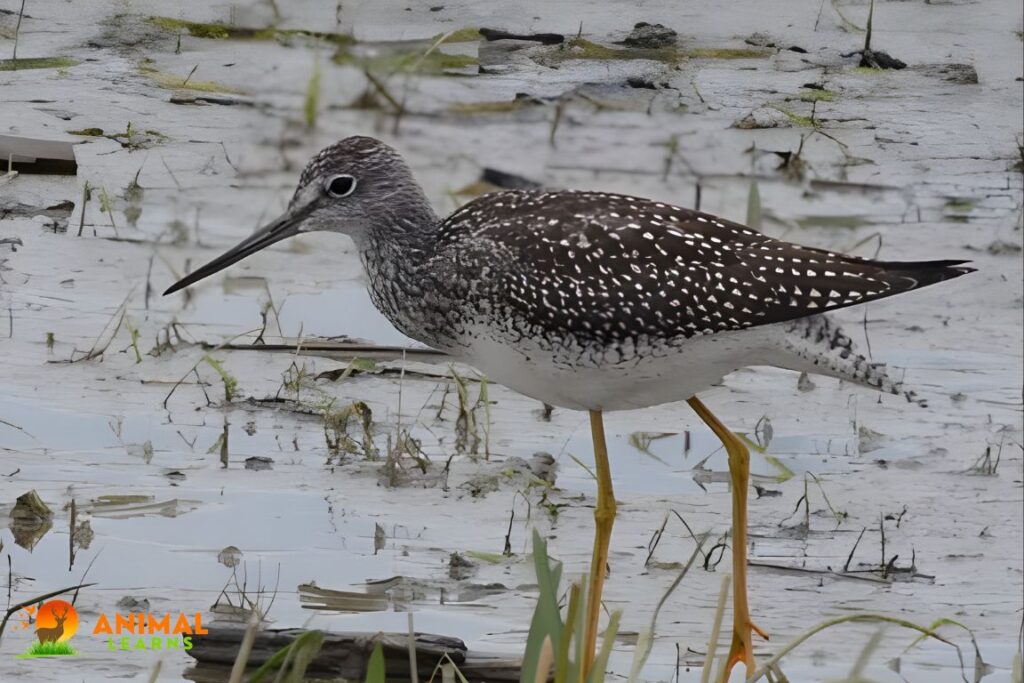
Like its cousin the Lesser Yellowlegs, the Greater Yellowlegs is well-known for its vivid yellow legs. It is slightly taller, measuring between 12 and 14 inches. Its large, slightly tipped bill is another characteristic that sets it apart.
This bird wades over shallow waters with a particular elegance, its white belly and grayish-brown back covered with fur. The Greater Yellowlegs is a native bird of North America that favors the margins of saltwater marshes and freshwater lakes, where it feeds on tiny fish, crustaceans, and aquatic insects.
One fascinating fact about them is that, compared to their smaller cousin, their cry is noticeably louder and more piercing; it is sometimes characterized as a succession of three or four notes.
Because of this, they are among the more chatty shorebirds, and simply listening to their sounds in the wild is an amazing experience!
Greater Sand Plover
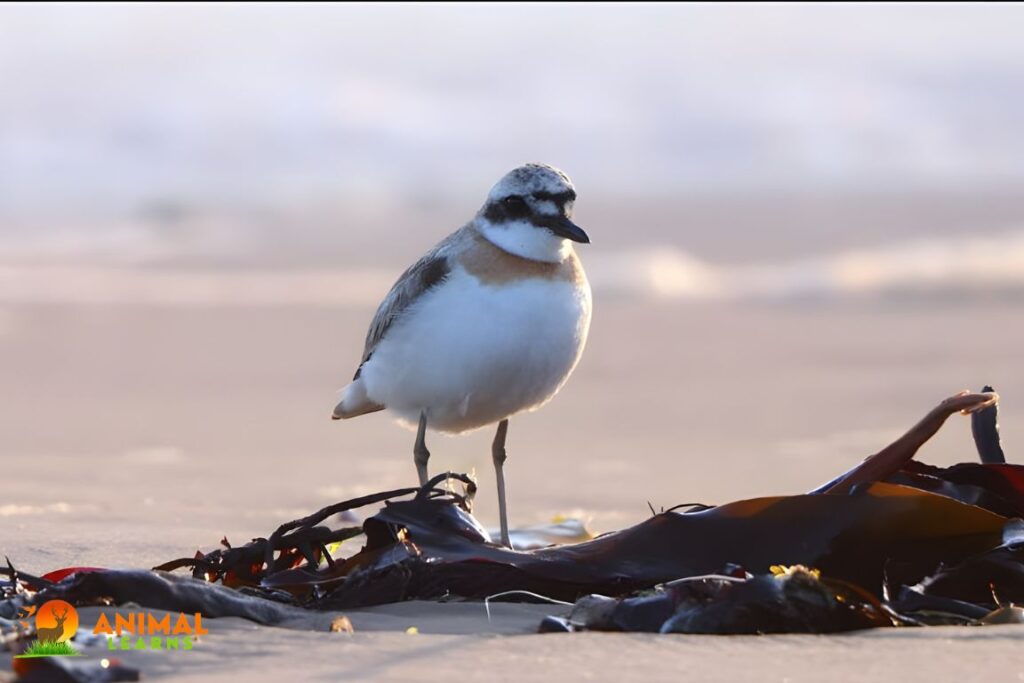
The Greater Sand Plover is a fascinating shorebird, measuring around 7 to 8 inches in length, or the size of your hand. Its shape is rather spherical, its legs are small, and its beak is ideal for foraging for food in the sand.
This bird has a white belly and reddish-brown head in the summer, but a grayish-brown color in the winter. In certain places of Asia, you may see them lounging on sand beaches and in damp areas close to the coast. They are constantly searching the sand for insects and other tiny things to consume.
Here’s an interesting fact: These birds resemble little jet-setters. Some migrate over a thousand kilometers in a nonstop flight.
Terek Sandpiper
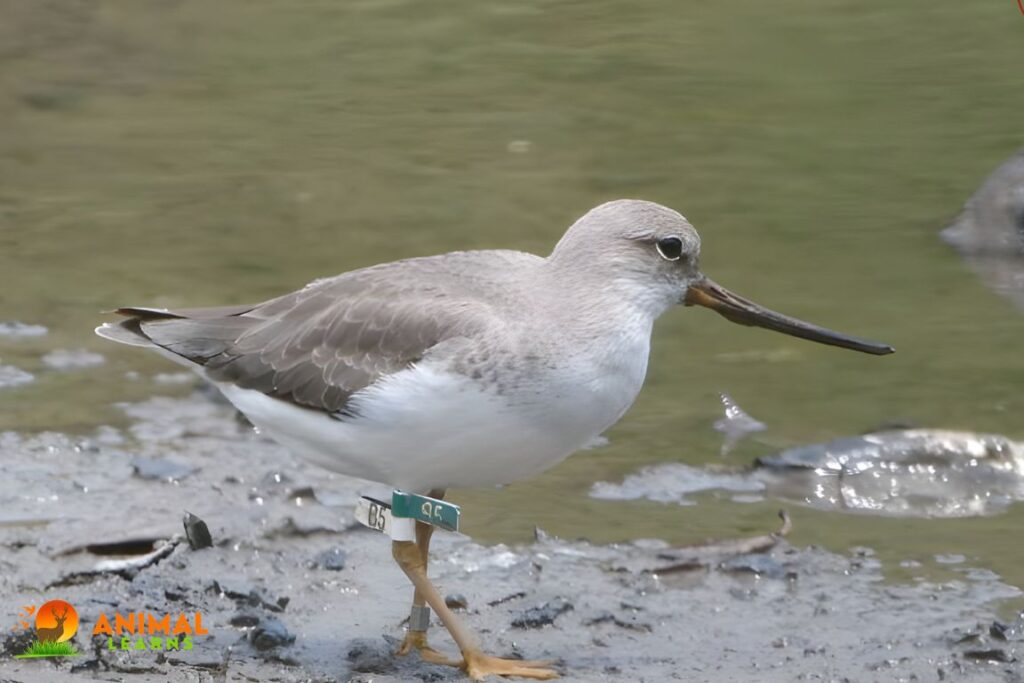
A favorite among birdwatchers, the Terek Sandpiper is an interesting bird with various unique qualities. It’s a medium-sized wader, measuring between 8 and 9 inches in length.
Its bill, which is longer than its head and somewhat upturned, is one of its most defining characteristics. Small invertebrates are its primary food source, therefore its bill design is ideal for searching through sand and muck for them.
The Terek Sandpiper has a gorgeous color contrast between its grayish-brown upper body and its white underparts. It is distinguishable from a distance by its strikingly apparent white wing bar and rump during flying.
Geographically, Siberia to Mongolia in northern Asia is where these birds breed. Following breeding, they make an amazing trip, spending the winter in coastal regions of Southeast Asia, Australia, and Africa.
Dunlin
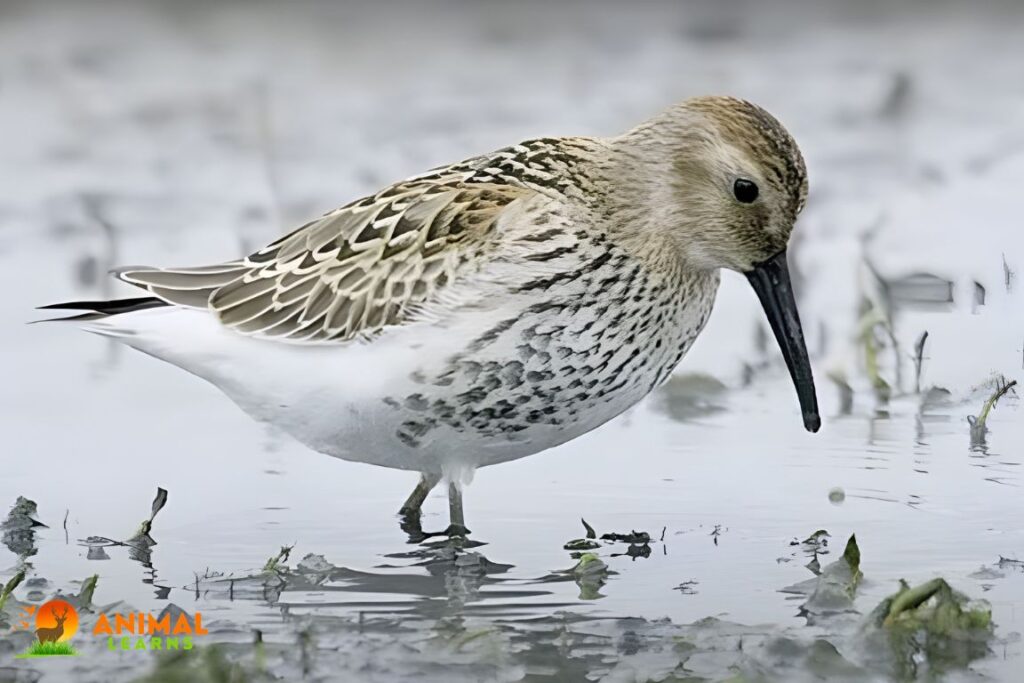
Small shorebirds that are rather common are called dunlins. They are usually about 8 inches long. Their somewhat tipped beak is a unique characteristic that makes them stick out when they’re searching the sand and dirt for little animals.
These birds have a white belly and a brownish-gray back. Their breeding plumage, which has a distinctive reddish-brown back and a black belly patch, is what truly draws the attention. Widely distributed, dunlins breed in the Arctic tundras of Eurasia and North America.
They go to the shores of the Northern Hemisphere when the winter sets in, even venturing as far south as Northern South America and Africa.
Curlew Sandpiper

Introducing the Curlew Sandpiper, a little wader distinguished by its long, curved beak. Its length, on average, is 8 inches, giving it a slender and elegant appearance.
Its distinctive beak is ideal for snatching up insects and small crustaceans by probing through moist mud and sand. These birds have a gorgeous rusty-red color that contrasts nicely with their white underparts during the mating season.
They do, however, have a more muted grayish-brown appearance outside of mating. The voyage of the Curlew Sandpiper is rather remarkable.
They reproduce in Siberia’s Arctic areas before migrating to southern Asia, Africa, and Australia to avoid the cold. Twice a year, these birds travel great distances, making them truly global nomads.
Ruff
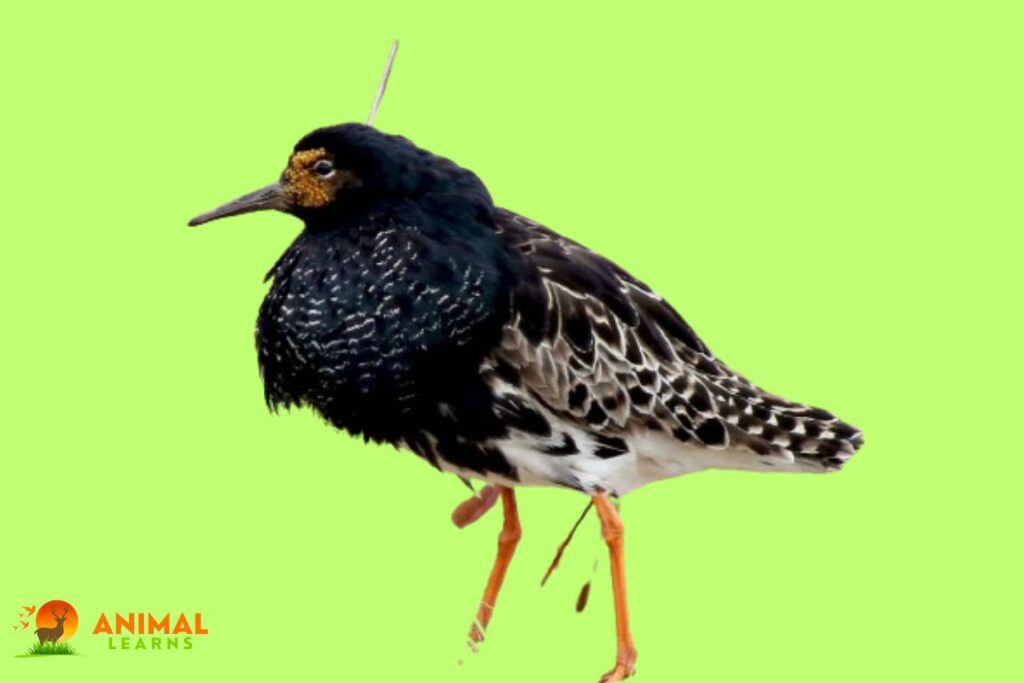
Small wader birds, like the Ruff (Calidris pugnax), are frequently observed in marshes and shallow lakes. These birds resemble robins in size and have a characteristic feathered “ruff” around their necks in the mating season.
The variety of Ruffs’ appearances is what makes them fascinating. Male ruffs can range greatly in appearance; some are brighter-looking and have tufts of feathers on their heads, while others have a more somber appearance.
Being gregarious birds, ruffs frequently congregate in flocks, especially while migrating. They utilize their lengthy bills to explore the mud in quest of food, finding insects and other aquatic animals.
Due to their migratory nature, these birds can be seen around the world at different periods of the year.
Long-billed Dowitcher

The last example of the Small Birds With Long Beaks is Long-billed Dowitcher. A unique bird with a distinct style is the Long-billed Dowitcher. Standing about 11 inches tall, this medium-sized wader has a long, straight beak that it employs much like a sewing machine needle.
Using its characteristic “stitching” action, it searches the dirt and water for edibles like as worms, tiny crustaceans, and insects.
Its plumage, which is mostly mottled brown and gray, can become a warm red hue during the mating season. In swampy locations, this camouflage provides excellent protection for resting or feeding.
Geographically, the North American Arctic tundras are where the Long-billed Dowitcher breeds. It moves southward in search of warmer climes as winter approaches. Their winter residences span Central America to the southern U.S. coastline.
FAQs
What is the smallest bird with a long beak?
The bee hummingbird holds the title of the smallest bird with a long beak.
What is the name of the bird with a long beak?
Various birds have long beaks, including hummingbirds, sunbirds, and woodpeckers, each with distinct species and names.
What small bird has a big beak?
The toucan is a small bird known for its distinctive large beak.
What kind of bird has a beak that is long and thin like a needle?
Birds like the hummingbird have beaks that are long and thin, resembling a needle, adapted for sipping nectar from flowers.
What is the world’s smallest bird?
The bee hummingbird holds the title of the world’s smallest bird.






